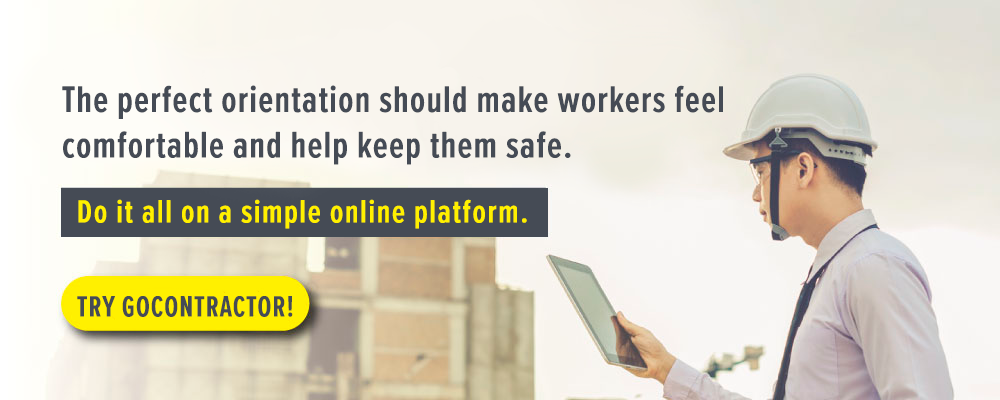Take a Free Demo Here
The Stats
According to the Bureau of Labor Statistics (BLS), falls, slips, and trips has increased by 10% from 2014. This was largely attributed to an increase in falls to a lower level, which went up by 9%. Furthermore according to research by OSHA, falls from heights are one of the leading causes of fatalities within construction. In the UK, falls from heights was the most “common cause” of fatalities accounting for three in ten (29%) of fatal injuries to workers, according to the Health and Saftey Executive (HSE). Falls also had a detrimental effect upon worker productivity, with 1.5 million working days lost due to falls, slips, and trips according to the HSE. These numbers emphasize the importance of implementing effective safety harness protocols to ensure contractor safety is at the top of the agenda at all times.
How to Ensure Safety Harness
 OSHA has been at the forefront of devising safety mechanisms to ensure adequate safety harness training and equipment is provided on every construction project, therefore protecting the safety of your contract workers. In OSHA’s latest fall prevention campaign their advice centers around protecting contractor safety by offering tips on how you can plan, provide, and train your contract workers on all aspects of fall protection equipment. Safety harness training is obviously an important part of this guidance, as well as the following tips. Do
OSHA has been at the forefront of devising safety mechanisms to ensure adequate safety harness training and equipment is provided on every construction project, therefore protecting the safety of your contract workers. In OSHA’s latest fall prevention campaign their advice centers around protecting contractor safety by offering tips on how you can plan, provide, and train your contract workers on all aspects of fall protection equipment. Safety harness training is obviously an important part of this guidance, as well as the following tips. Do- Always stay connected when using a safety harness.
- Make sure your harness fits.
- Inspect all fall protection equipment before use.
- Guard or cover all holes, this includes skylights or other openings on buildings.
- Disconnect from the lifeline
- Work near unprotected openings in roofs or exposed skylights
- Use defective equipment
How GoContractor Can Help
Here at GoContractor our contractor orientation software allows you to conduct all of your contractor safety training in one place. With GoContractor, you can create a custom process whereby all of your contract workers register themselves online, upload documents and photos, and take their orientation training. For example, for the purposes of harness safety you can ensure it becomes a pivotal part of your orientation process, by including it into your training program. You can also gather qualification cards online to ensure contractors are appropriately trained before they step foot on site. GoContractor gives you a peace of mind that all of your contract workers are fully aware of harness safety, therefore decreasing the risk of falls from height.